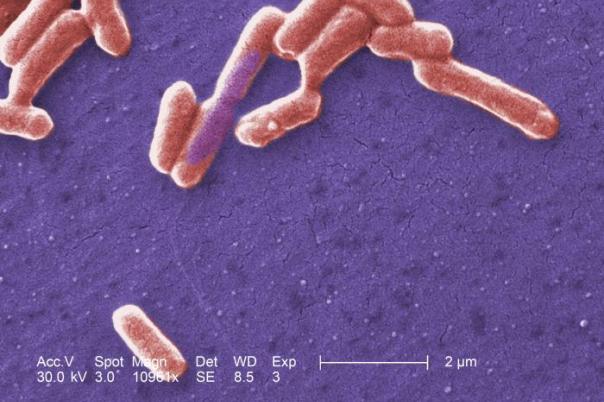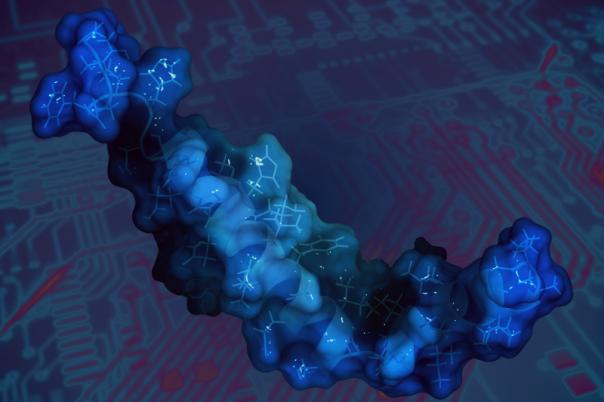Since the time of ancient Greece, the snake has been used as an enduring symbol of medicine and healing. And, although legend says there are no snakes in Ireland, Irish company Celtic Biotech have set about pushing this connection further. Snake venom contains bioactive molecules which can be isolated for potential medicinal purposes in multiple therapeutic areas including cardiovascular disease, cancer, diabetes, pain, and stroke.
Snake venom-based therapies occupy an important place in the history of medicine. In 1968, John Vane showed that peptides from Brazilian viper venom could inhibit ACE activity in dog lungs. This went on to be the active ingredient in the first angiotensin-converting enzyme (ACE) inhibitor, Captopril. The drug is widely prescribed today for hypertension.
Molecules in snake venom have been developed into the active ingredients in many other drugs, including Tirofiban and Eptifibatide: synthetic fibrinogen antagonists and heart medications; Batroxobin: purified from lancehead snake venom and used for acute cerebral infraction; and Cobratide: purified from Chinese cobra venom for use in chronic arthralgia, sciatica, and neuropathic headache.
Celtic Biotech sources their venom from cobras and South American rattlesnakes. Bray said that cobras are easy to breed in captivity, but the rattlesnakes are less so. The snakes live about 12-15 years in captivity and in that time females can birth 5-12 live young. When the reptiles are around 12 months old, they can be milked for their venom, yielding 70-300mg per snake. Doses for humans range between 0.1-2mg per day depending on the application.
Two promising venom-derived compounds, Crotamine and Cobramine, show potential in cancer treatment and chronic kidney disease, respectively. The presentation details the ongoing clinical studies of CB-24 Crotoxin, a snake venom-derived compound, which has shown selective toxicity to cancer cells and a favourable safety profile.





